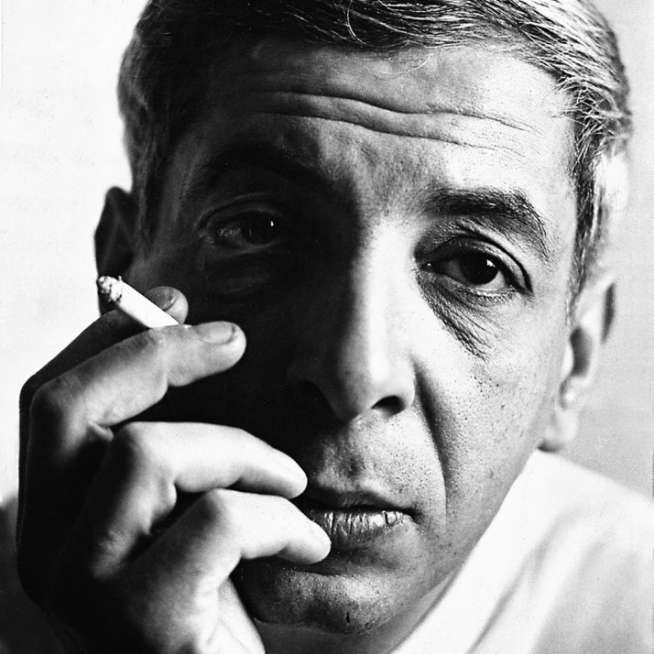Dance: Twyla Tharp’s New “Wheel”
Via New York Times
By Anna Kisselgoff
The world is a mess. People have trouble communicating with one another. On every level. They even make war. It would be nice to have a golden apotheosis at the end of the world, a pot of gold, where peace reigns and beautiful, talented dancers take us away from the grubbiness and rage of our time.
If this is not the message of ''The Catherine Wheel,'' a new, ambitious dance production by Twyla Tharp, it really doesn't matter. Whatever message she has so purposefully muddled, it pales beside the interest of the formal ideas she has contributed along with David Byrne, composer for the New Wave rock group Talking Heads.
To suggest that ''The Catherine Wheel'' tells us anything we don't know is a bit coy. Strictly speaking, it is a program for kids. One felt awash in youth culture Tuesday night at the Winter Garden Theater, where the Tharp company opened its four-week season with the premiere of this nonetheless innovative 80-minute piece. Feelings were uttered in fragments of sound and movement, and a deliberately disjointed but simplistic scenario threw out all sorts of clues about Man's Fate.
The only quarrel with Miss Tharp is why she has to couch her argument in terms of the Bumsteads. The central focus is on a sextet of nameless characters who make up a squabbling family. There are elements of French farce - the father hankers after both the maid and an ambiguous pet animal. But there are also the suburban truisms of the narrative, disguised under respectable modernist nonlinear forms.
Form is what Mr. Byrne and Miss Tharp know all about. They have obviously put their thinking heads together and they work beautifully in concert. Dissociation is second nature to them. Mr. Byrne's music, particularly in the occasional funky vocals, has a humor not usually matched in the choreography. But both artists, and here they are unquestionably that, masterfully crosscut fragments of emotion through music and movement.
In these bits of phrases, meaning can come through more powerfully than in conventionally structured musical and choreographic sequences. Miss Tharp's typical collated style - isolated body parts or steps placed in nontraditional juxtaposition - is a perfect reflection to Mr. Byrne's layers of sound. In this commissioned score of some 23 separate pieces of music, Mr. Byrne offers overlay upon overlay - percussion and drums, melody and the hallucinatory, dreamlike electronic sound that soothes the ear when the throb threatens to go on just too long.
Strangely, that choreography is deliberately limited and substantively thin in the first two-thirds of the piece. In ''The Catherine Wheel,'' whose various dictionary meanings are irrelevant to what goes on onstage, Miss Tharp is obviously concerned with production values. Santo Loquasto has designed a set of see-through or opaque black scrims and silk curtains that rise or are used to project the dancers' shadows. The dancing also takes place between a set of poles or in front of a mysterious grid with mechanical pieces that is occasionally lowered. Jennifer Tipton makes a major contribution through her lighting, including the brilliant flow in which she bathes the final pure-dance apotheosis in gold.
Formally, ''The Catherine Wheel'' seems about layers. The dancers wear layers of clothes, there are layers of curtains and scrims, the shadows reproduce live movement, the dramatic action is presented on several levels. Private symbols abound. The pineapple - a succulent fruit but also known in slang terms as a dynamite bomb - is a key symbol. It is seen in various sizes and everyone wants it.
None of this, frankly, is very engrossing. In the ''Golden Section'' apotheosis, Miss Tharp lets loose. While there are are good ensemble passages along the way, the final pure-dance choreography is Miss Tharp at her best. Her own vocabularly is expanded, whiplash flinging becomes daring and the partnering is out of this world.
Mr. Byrne's musicians and vocalists are heard on tape, but we have not yet come to canned dancers. They were all very live, and like all Tharp dancers, committed to every hard-driving spiral, fall and wiggle. William Whitener erupted into the ''Golden Section'' like a gladiator, but the ''Family'' took their small-step choreography expertly in stride. Tom Rawe and Jennifer Way offered an extraordinary conciliatory adagio after the battle scene; Shelley Washington grimaced her way masterfully as the maid, Raymond Kurshals and Katie Glasner were the interfering siblings and Christine Uchida was the ''pet.''
Sara Rudner was cast as a ''leader'' in angst, and John Carrafa was fine as a peaceful innocent. The Program TWYLA THARP DANCE, at the Winter Garden. THE CATHERINE WHEEL, choreography, Twyla Tharp; set and costumes, Santo Loquasto; lighting, Jennifer Tipton; music produced, composed and performed by David Byrne. WITH: Tom Rawe, Jennifer Way, Shelley Washington, Christine Uchida, Raymond Kurshals, Richard Colton, William Whitener, John Carrafa, Katie Glasner, John Malashock, Mary Ann Kellogg, Shelley Freydont, Keith Young, Barbara Hoon and Sara Rudner.
